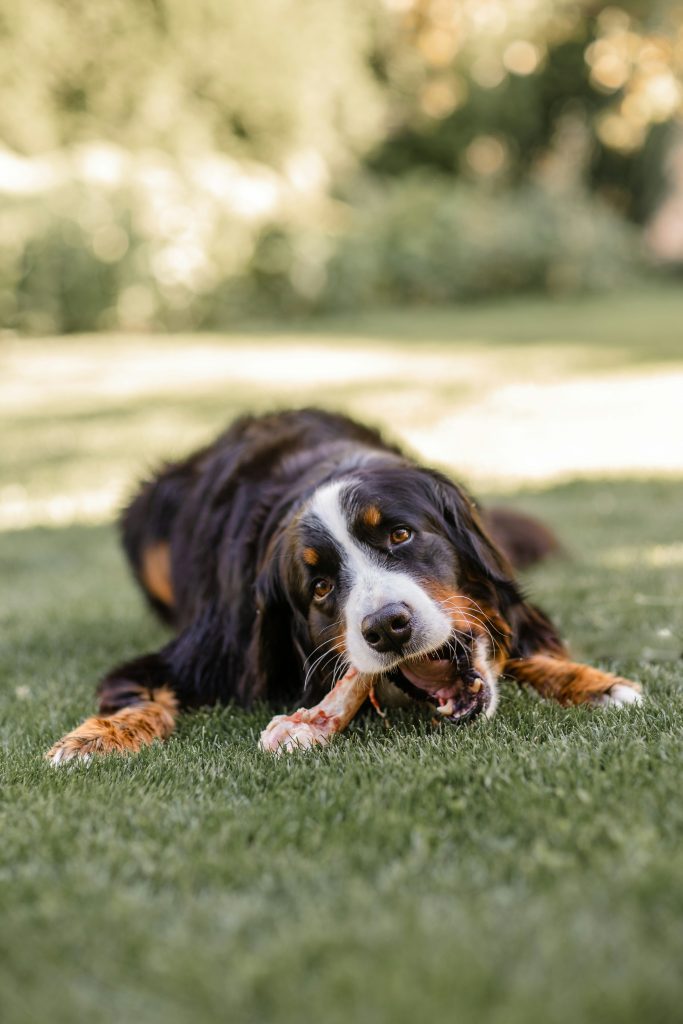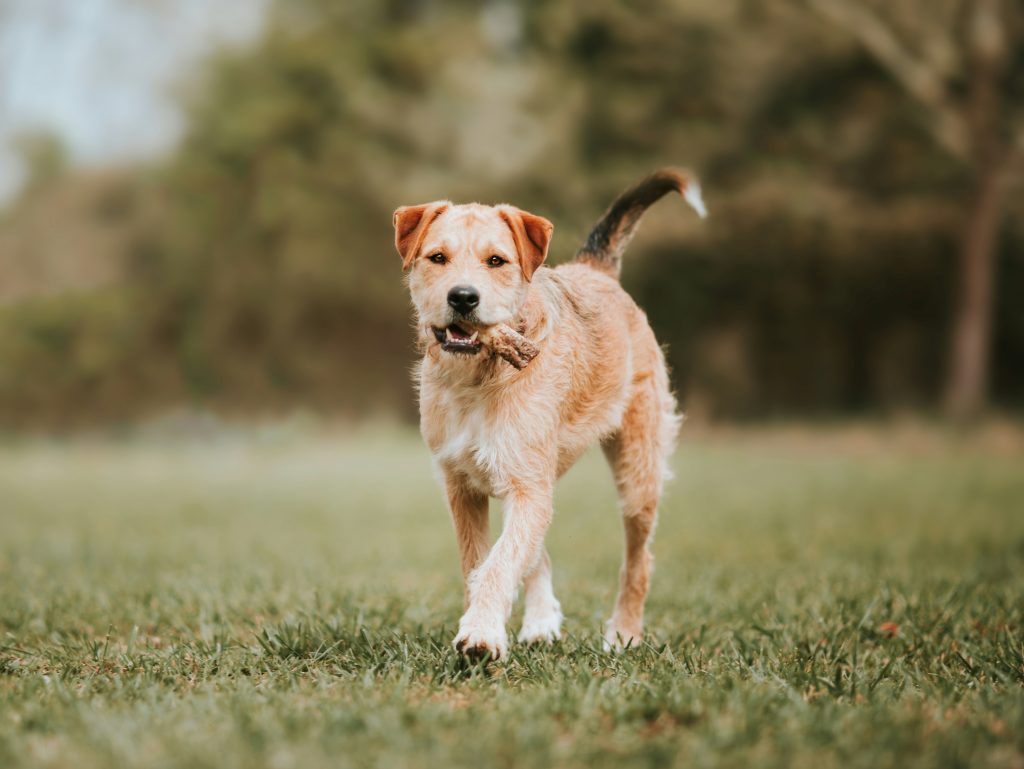The Best Bone Alternatives for Dogs
Chewing Without the Worry
While bones can be a fun and engaging treat for many dogs, they aren’t always the safest option. The risks of choking, splintering, tooth fractures, and digestive blockages have made many pet parents look for alternatives. Fortunately, there are plenty of safe, vet-recommended chews that give dogs the satisfaction of chewing—without the danger.
In this post, we’ll highlight the best bone substitutes that are safer, cleaner, and still just as satisfying for your pup.
Why Look for Alternatives?
Even raw bones, which are generally safer than cooked, carry risks:
-
Bacterial contamination
-
Broken teeth
-
Ingested fragments
-
Aggressive chewing injuries
Alternatives allow you to customize chew time to your dog’s size, age, and chewing style—giving peace of mind while still meeting your dog’s instinctual need to chew.
Categories of Safe Bone Alternatives
Here are some great options that provide dental benefits and mental stimulation without the hazards of real bones:
1. Durable Rubber Chew Toys
✅ Best for: Aggressive chewers, teething puppies, boredom relief
📌 Examples:
-
KONG Classic or Extreme (stuffable and freezeable)
-
West Paw Zogoflex toys (non-toxic, recyclable, tough)
-
Nylabone Power Chews (durable for long-lasting sessions)
🧼 These are easy to clean, dishwasher-safe, and come in different sizes for every breed.
2. Edible Dental Chews
✅ Best for: Daily chewing, breath freshening, plaque control
📌 Examples:
-
Greenies
-
Whimzees
-
Virbac C.E.T. Enzymatic Chews
These are designed to break down safely during chewing, helping clean teeth without splintering.
🛑 Always supervise—dogs should chew, not gulp these down.
3. Natural Chews
✅ Best for: Occasional chewing with variety
📌 Examples:
-
Bully sticks
-
Dehydrated tendons or beef trachea
-
Fish skin chews
Natural chews are more digestible than bones and often rich in flavor and texture. Look for single-ingredient, U.S.-sourced products.
⚠️ Watch calorie intake, and avoid chews with strong odors in shared spaces.
4. Dental Toys and Chew Ropes
✅ Best for: Puppies and light-to-moderate chewers
📌 Examples:
-
Rope toys with knots
-
Textured dental toys with grooves
-
Treat-dispensing puzzle toys
🧠 These toys combine mental stimulation and chewing. Ropes can also be used for tug-of-war and supervised fetch.
🧺 Wash ropes frequently to avoid bacteria buildup.
5. Frozen Treat Toys
✅ Best for: Cooling down, teething relief
📌 How to make:
-
Stuff a KONG with plain yogurt, pumpkin, or wet food
-
Freeze for 3–4 hours
-
Offer in short sessions (especially great during heat waves)
You can also use ice molds to freeze homemade dog popsicles using bone broth or pureed fruit (like blueberries or banana).
6. Antlers and Horns – Use with Caution
⚠️ These are controversial.
While antlers and horns (like buffalo horns or deer antlers) are long-lasting and natural, they are extremely hard and may cause tooth fractures—especially in heavy chewers.
🦷 Only use these:
-
With vet approval
-
For dogs with strong, healthy teeth
-
In short, supervised sessions
Monitor closely and remove at signs of wear or breakage.
What to Avoid
🚫 Rawhide: Can cause digestive blockages and is often chemically processed
🚫 Plastic bones: Cheap plastic chews can splinter like cooked bones
🚫 Animal hooves: Very hard and prone to cracking teeth
🚫 Stuffed toys with squeakers (for aggressive chewers): Risk of ingestion
Choosing the Right Chew for Your Dog
🦴 Consider:
-
Chewing style: Is your dog a gnawer, gulper, or shredder?
-
Size and breed: Larger breeds need more durable options.
-
Dental health: Puppies and seniors may need softer options.
-
Dietary needs: Check calorie count and ingredients in edible chews.
When in doubt, consult your vet—especially if your dog has allergies, dental problems, or digestive sensitivity.
Conclusion: Plenty of Chews Without the Risks
Your dog doesn’t need a bone to be happy. With the right bone alternatives, you can satisfy their instinct to chew while keeping them safe and healthy. Whether it’s a tough rubber toy, a yummy dental chew, or a frozen treat, the key is supervision, variety, and quality.


